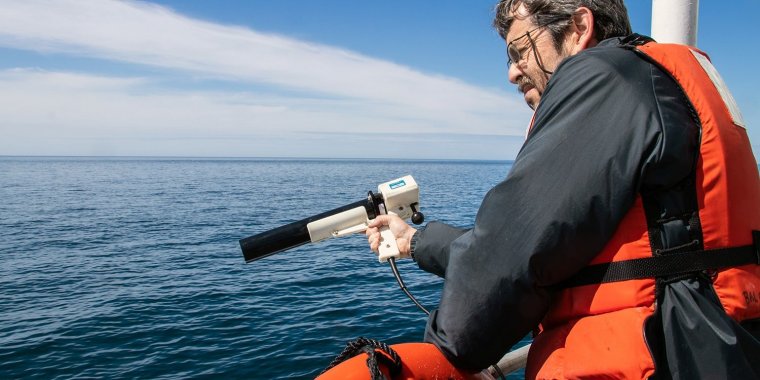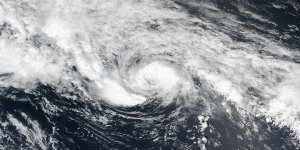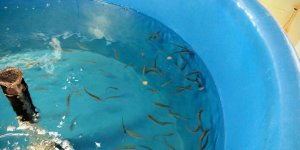| News / Science News |
New method lets scientists peer deeper into the ocean
Researchers at Old Dominion University and the Bigelow Laboratory for Ocean Sciences have discovered a new way of seeing into the sea's depths, an approach that allows them to detect algae blooms and measure key ocean properties using light.

Ocean scientists use lidar to take measurements far deeper than is possible with satellites. Photo: Bigelow Laboratory for Ocean Sciences
A new study reports using a laser-based tool, lidar, to collect measurements far deeper than has been possible using satellites. Lidar, short for "light detection and ranging," is a sensing method that sends pulses of laser light to determine detailed information about objects.
"The lidar approach has the potential to fill important gaps in our ability to measure ocean biology," said lead study author Brian Collister of Old Dominion University. "This technique will shed new light on the distribution of species in the upper oceans and allow us to better understand their role in Earth's climate."
Lidar uses light emitted by lasers to gain information about objects, much as animals such as bats and dolphins use sound to locate targets by echolocation. By sending out pulses of light, and timing how long it takes the beams to hit something and bounce back, lidar senses reflective particles such as algae in the water.
"Traditional satellite remote sensing approaches can collect a wide range of information about the upper ocean, but satellites can't 'see' deeper than the top five or 10 meters of the sea," said Barney Balch, a senior research scientist at the Bigelow Laboratory for Ocean Sciences and a co-author of the paper. "Harnessing a tool that lets us look much deeper into the ocean is like having a new set of eyes."
Added Cynthia Suchman, a program director in NSF's Division of Ocean Sciences, "This tool can tell us how things like algae blooms change with depth in the ocean. It helps fill in the gap between samples scientists collect at sea and information from satellite observations." (National Science Foundation)
YOU MAY ALSO LIKE





